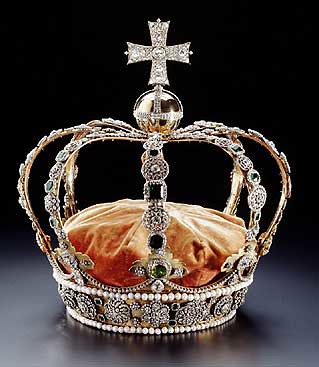On 12th March 1793 the population of Saint-Florent-le-Vieil rose against the French republic and the Jacobin terror regime.
Jean-François Michael sings the Royalist battle song Chouans en avant in a powerful modern version:
A history of the War of the Vendée here in French. Wikipedia as vague as usual: Estimates of those killed in the Vendean conflict - on both sides - range between 117,000 and 450,000, out of a population of around 800,000.
A more radical approach, calling the republican response a genocide, put it like this:
What the French Revolution invented, 150 years before Auschwitz, was industrialized murder.
In Vendée, a city that had revolted against the central Revolutionary government, over 100,000 people, including women and children, were murdered, executed in part by grapeshot and by tying them to boats that were sunk in the Loire River. ("No nation," wrote Friedrich Engels in a diatribe against the Czechs, "can tolerate a Vendee in its heart.") A similar, somewhat smaller outrage took place in Lyons, a city that had rebelled and was to be erased for good. By some estimates, 14,000 houses were demolished.
During this sombre extermination drive, two sinister shadows stand out: those of General Turreau and of Carrier - known as "the drowner of Nantes".
Two thousand Vendeans - half of them women - were shot at Angers; 1,500 on the island of Noirmoutier; 1,800 in the quarries of Gigant, near Nantes.
Carrier had 4,000 prisoners drowned in the river Loire.
Still it was not enough. On 19th January 1794, Turreau presented his extermination plan to the Convention: 24 columns of men would be sent to the Vendée with orders to penetrate every corner of the rebellious département and to burn and destroy everything they found. The Vendée was put to fire and sword.
On just one day, 28th February 1794, at Les Lucs sur Boulogne, a column under the command of Cordellier killed 563 people.
But it was not over yet. The exhausted survivors regrouped behind two battle-hardened leaders: Charette and Stofflet. The death-squads were massacred in their turn at Chauché, at Les Clouzeaux and elsewhere.
A Republican column led by Crouzat - who, in the absence of Stofflet, killed 1,500 people in the forest of Vezins on 25th March - was cut down three days later at Les Ouleries.
Turreau's plan had failed. The Vendée was wounded, but with its endless programme of guerrilla warfare was still a threat. The wooded bocage provided a maze of sunken lanes where a single strategically-placed Vendean could easily pick off his opponents and into which Republican troops ventured at their peril. Reprisals, though, were often enacted on civilians. "The incredible Vendée still survives," wrote back the angry Republican commanders to the Convention.
On 13th May 1794 Turreau was relieved of his duties. Needing troops to fight on its frontiers, the Convention pulled out of the Vendée.

A bas la république!
Vive le Roi!




2 comments:
Isn't this song taken from a French rock opera "La Révolution Française" (1973)?
Is it older than than the musical?
I received this reply from my French contact:
Oui, c’est bien une chanson tirée de cet Opéra de 1973. Elle est « extra », non ?
Post a Comment